Foundations of Inbound Marketing
In the realm of inbound marketing, 61% of marketers consider SEO a paramount concern. The absence of SEO could potentially lead to reduced sales within the digital landscape and should be considered when doing web design and development.
But, here’s the catch. It encompasses technical SEO that’s almost a separate niche, much like its siblings — link building and content marketing are part of SEO, but take very different skills sets to master.
Technical SEO focuses on how well search engine spiders can crawl and index your site. It is different from On-page SEO which deals with content optimization and link building on the same page.
While On-page SEO heavily relies on keywords, site mapping and formatting, technical SEO forms the foundation to strengthen your content and marketing strategy as well as you performance of your website or application.
Better site structure, cleaner code, faster loading times and a more secure and trustworthy website improve user satisfaction, decrease bounce rates, and can positively impact search engine rankings.
Here, let’s touch upon the key aspects of both and see what tactics you can use to make your website rank higher.
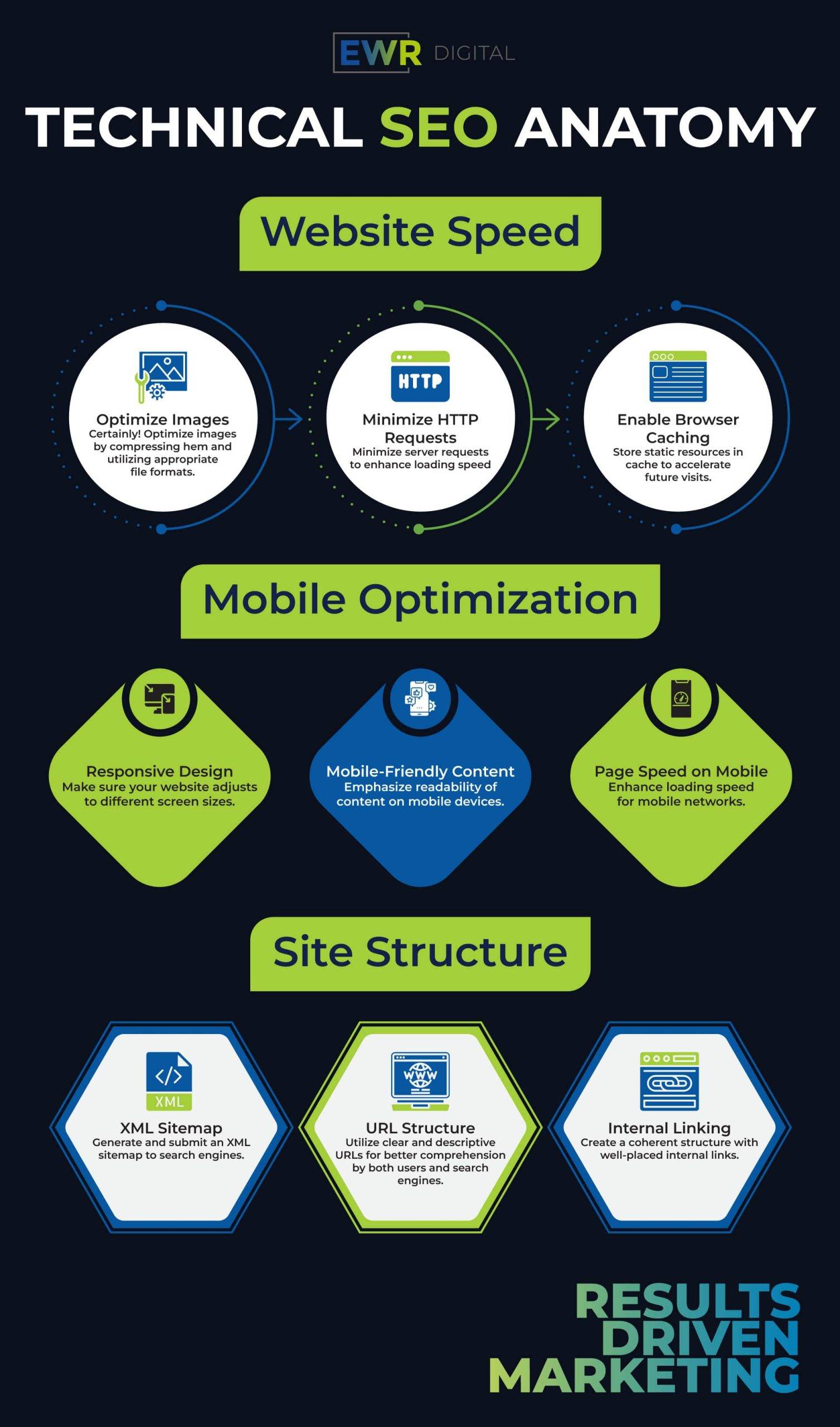
Your website may be well-crafted with content and a high-quality user experience – and yet if fails to bring in the necessary traffic, it is time for a SEO audit.
Techical SEO Checklist
A technical SEO audit involves a comprehensive review of various technical aspects of a website to ensure it is optimized for search engine crawling, indexing, and user experience. Here are some key components typically included in a technical SEO audit:
- Website Structure and Architecture: Assessing the organization of the website’s pages, URL structure, and internal linking to ensure logical navigation and hierarchy.
- Indexability and Crawlability: Checking for any issues that might hinder search engine bots from accessing and crawling the website, such as robots.txt directives, meta robots tags, and XML sitemaps.
- Site Speed and Performance: Analyzing page load times, server response times, and overall site performance to identify any factors that might impact user experience and search engine rankings.
- Mobile Friendliness: Evaluating the responsiveness and usability of the website on various mobile devices, ensuring it provides a seamless experience for mobile users.
- URL Canonicalization: Checking for duplicate content issues and implementing canonical tags to specify preferred versions of URLs to avoid potential penalties from search engines.
- Site Structure and Navigation: Reviewing the hierarchy of categories and subcategories, as well as the clarity and simplicity of navigation menus, to enhance user experience and search engine accessibility.
- Technical Errors: Identifying and resolving any technical errors such as broken links (404 errors), server errors (5xx errors), and other HTTP status codes that may negatively impact crawlability and user experience.
- Schema Markup: Implementing structured data markup to provide search engines with additional context about the content on the website, enhancing the likelihood of rich snippets and improved visibility in search results.
- HTTPS and Security: Ensuring the website is secure by implementing HTTPS protocol and SSL certificates to protect user data and improve trustworthiness in the eyes of both users and search engines.
- Internationalization and Localization: If applicable, reviewing hreflang tags, language targeting settings, and geotargeting configurations to optimize the website’s visibility and relevance in different regions or languages.
By conducting a thorough technical SEO audit, website owners and SEO professionals can identify and address any underlying issues that may be impacting search engine visibility and user experience, ultimately improving the website’s overall performance in organic search results.
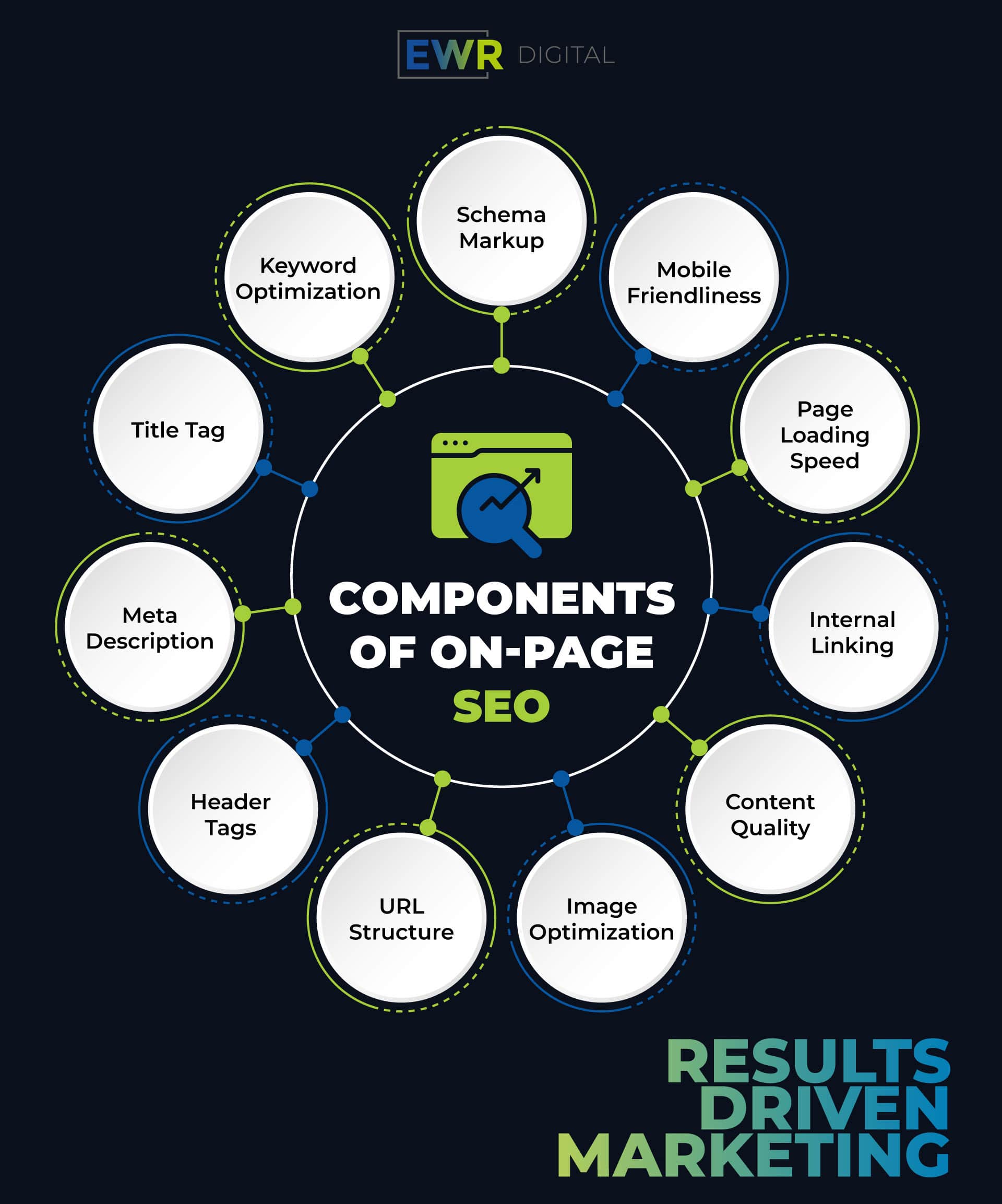
On-Page SEO
Optimization of individual web pages for sake of better rankings and higher inbound traffic can be summed up as the on-page SEO. It entails optimization of both HTML source code and content on the page.
Technical SEO and On-Page SEO are crucial components of optimizing your website for search engines and improving its overall performance. In addition to the key aspects we have already discussed, let’s explore some additional sections that will provide you with more information and tactics to enhance your website’s rankings.
Schema Markup and Rich Snippets
Implementing schema markup and rich snippets can significantly enhance your website’s visibility in search engine results. Schema markup allows you to provide search engines with detailed information about your content, such as product descriptions, reviews, ratings, and events. Rich snippets, on the other hand, display this structured data directly in the search results, making your listing more appealing and informative. Utilize tools like Google’s Markup Helper to easily add schema markup and optimize your rich snippets.
URL and Meta Tags
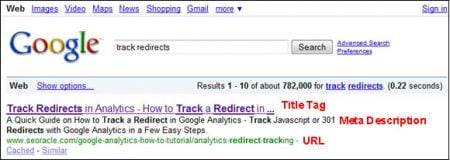
URL and Meta Tags should be specific to the page and avoid a long URL or one which doesn’t have any keyword in it. Use https:// protocol instead of http:// by obtaining an SSL (Secure Sockets Layer) certificate, which is used to encrypt data.
Pay attention to meta descriptions and title tags, which are important for click-through rate. There should be only one headline tag H1 with a keyword or its modified version in the beginning of the title. Subheadings are all in H2 tag and at least one of those must contain a keyword.
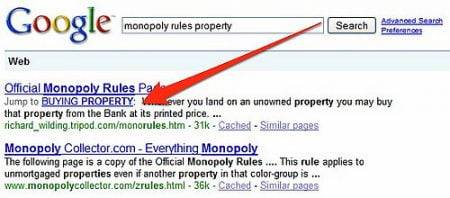
Internal Links and Redirects
To make the user navigation easier, internally link all the pages. Feature the links as tabs on the page as opposed to drop-down links.
Use a hyperlink with anchor text, but avoid using the same keyword for every anchor text. Also, keep the link volume reasonable. Too many links on a page can affect Google’s evaluation as it is viewed as thin content.
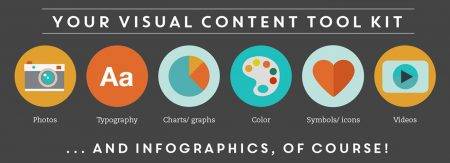
In case of deleting or renaming a page, the old URL links must be updated. Or you can redirect to the new page, but avoid long redirect link chains.
Search engines should be able to crawl, access, or index your web pages without much difficulty. Optimizing this is the Technical SEO process.
Site Speed Optimization
Page load speed is a crucial factor in user experience and search engine rankings. Slow-loading pages can frustrate visitors and lead to higher bounce rates. To optimize your site’s speed, identify and eliminate any unnecessary elements like widgets, tracking codes, or excessive plugins. You can utilize Google’s PageSpeed Insights tool to diagnose speed issues and receive recommendations for improvement. Additionally, compress images to reduce file size, use proper image formats, and create sprite files to optimize visual elements.
Time-to-first-byte (TTFB) is a top-ranking factor that affects
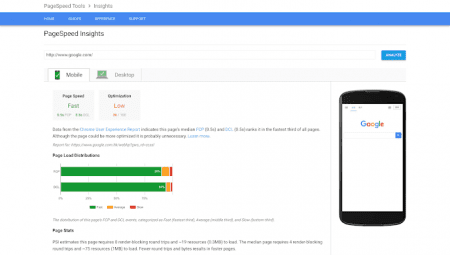
your site’s performance. Additional elements like widgets, tracking codes, and excessive plugins can ca
use the page to load slowly. Diagnose the speed problems by using Google’s page speed insight tool.
Minimize the elements and optimize the visuals by adjusting the size and using proper format. Create a sprite file comprised of smaller images.
Customize Your Redirects

Limit your redirects to have a single redirect for one page. Permanent 301 redirects are implemented in cases when a page is removed or locations are changed. If it can’t be redirected, design a unique 404 error page which redirects to the home page. Use Google Search Console to locate crawls.
Make the Site Mobile-Friendly

After April 2015, Google started putting more emphasis on mobile-friendly sites as a ranking factor.
Find out about your site using Google’s mobile-friendly test tool.
Use responsive design to change the appearance of your site according to the user’s device. You can also use different URLs for desktop and mobile or shrink the content for phones and tablets.
Mobile-Friendly Design
Mobile optimization is paramount in today’s digital landscape. With the increasing number of users accessing the internet through mobile devices, having a mobile-friendly website is essential for better rankings. Use Google’s mobile-friendly test tool to assess your site’s mobile compatibility and make necessary adjustments. Consider implementing responsive design to ensure your site adapts seamlessly to different screen sizes.
Focus on Improving the Site Architecture
Improving your site’s architecture enhances both user experience and search engine visibility. Content siloing, or grouping related content together, helps establish keyword-based topical areas or themes on your website. By linking pages within the same category, users can easily navigate and access older published content. Additionally, focus on internal linking to guide users through your site and improve the flow of link equity. Avoid duplicate content issues by utilizing canonical tags and regularly auditing your site for duplicate pages.
A content silo is a method of grouping related content together to establish the website’s keyword-based topical areas or themes.

Technical SEO also has some important elements in common with On-Page SEO like internal linking and avoiding duplicate content. Siloing content is important to define the site architecture. By linking the pages in the same category the user can access older published content.
Structured data markup like rich snippets gives information regarding the content. Use Google markup helper to add rich snippets and missing tags.
Unique Content Creation
Content is essential for your audiences and search engines as well. It should be flawless, unique, informative, and relevant.
Keyword Placement and Presentation
Understand how your target audience phrases their search. Create your content using the keywords that can direct the users to your website. Then, strategically place the keyword in the first 100 words.
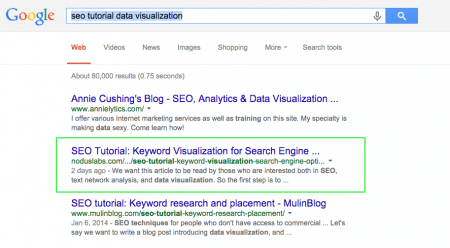
There might be currently a lot of websites out there which rank high for your keyword; make the content on your page better than that. Present your content in a unique way in terms of value and story.
Optimize Your Content
Content optimization does not mean high rankings alone. Thin content can be identified as low quality pages that add little to no value to the reader. Examples of thin content include duplicate pages, automatically generated content or doorway pages. Always strive to avoid low-quality content. Google prioritizes high-quality content over thin content and duplicate content. Rather than creating a separate page for each keyword variation, group similar topics together to create a comprehensive page.

Don’t Fill the Space With Text Blobs
Many websites use auto-generated content, which will only get better due to developments in machine-learning. But Google can tell when you try and manipulate the search rankings with keyword-stuffing; more number doesn’t necessarily mean more value for your page. The content must flow naturally, and as for your existing content, work around the weaker parts rather than starting from scratch.
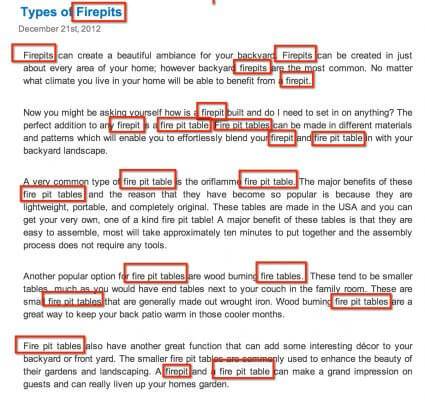
Optimize Visual Content
Compress your images to web and optimize thumbnails to boost speed. You can work with PNG-24 images which are high resolution and with a lot of colors. For fewer colors use PNG-8. Rest, go for JPEG images and use GIFs for animation.
Better web accessibility and image context is provided with alt text descriptions. These images then read naturally to the users. To help Google discover images, submit an image sitemap in Google Search Console.
Ongoing SEO Monitoring and Analysis
SEO is an ongoing process that requires continuous monitoring and analysis. Regularly track your website’s performance using tools like Google Analytics and Google Search Console. Monitor keyword rankings, organic traffic, user behavior, and engagement metrics to identify areas for improvement. Analyze data to uncover insights and make data-driven decisions for optimizing your SEO strategy. Consider working with an experienced SEO agency like EWR Digital, who can provide comprehensive SEO services and help you stay ahead of the competition.
Get Started With A Technical SEO Audit
SEO is a vast subject and the tips mentioned here are but a few basics. Any major issues on your site can be rectified using the above tips. You can enhance the performance of your site and get your site ranked higher on Google! To understand more on how EWR Digital can help you!
Getting Started with On-Page SEO and Technical SEO | EWR Digital

